Trucost looks at the rising interest in SDGs among the business and investor communities.
Interest in the Sustainable Development Goals (SDGs) is rising in the business and investor communities, with one in four of the world’s largest companies referencing the SDGs in reporting, and major investors with $4 trillion in assets making commitments to the SDGs. In March 2018, Trucost launched a collaborative initiative to develop and demonstrate a new approach to understanding company performance on the SDGs, the SDG Evaluation Tool. The project was launched in partnership with 13 leading companies, with market capitalization of $324 billion and global revenues of over $266 billion. Analysis of these companies revealed that over 79% of company revenues were derived from products and services that contribute to the SDGs.
The SDGs can serve as a guide to future market opportunities by highlighting new markets as well as expanding access to SDG-aligned products and services in the countries that need them the most. While 79% of revenue was aligned with the SDGs, not all of this revenue is generated in the countries where the need for such products and services is greatest.
The maps below convey the opportunity for increased SDG-aligned investment in currently underserved markets. The left map presents the distribution of revenue from analysed companies linked to SDG 9 (Industry, Innovation, and Infrastructure), while the right map presents data from the SDG Index illustrating the relative need for solutions linked to SDG 9 in each country. As shown, revenue from SDG 9 solutions are concentrated in the U.S., China and Europe, while the need for these products and services is mostly in Africa, Central Asia, and Latin America. These maps convey the opportunity to accelerate progress into the highest-need markets with business models that are tailored to the economic and social characteristics of each market.
Current SDG Sales of Products versus Need for Products Related to SDG 9
An outstanding challenge remains regarding how to focus investment to areas where the risk of falling short of the SDGs is greatest, and where the greatest opportunities exist to enhance or develop new revenue streams. According to the UNCTAD World Investment Report, a $5 to $7 trillion annual investment is needed to achieve the SDGs by 2030, with $1.6 to $2 trillion dedicated to lower- and middle-income countries.
As companies and investors explore aligning investments decisions with the SDGs there are several points to consider:
– Measure the opportunity – When considering new markets for expansion or product developments, measure the SDG opportunity. Using tools such as the SDG Evaluation or other SDG resources can help companies and investors quantitatively understand which geographies contain both revenue-generating and SDG-alignment opportunity.
– Make it local – If current solutions cannot be sold at the same price in new markets, explore how product, process or business model innovations could still provide quality SDG-aligned products at a lower price. For example, Vodaphone was able to launch an impactful and affordable mobile payment service, M-Pesa, in Kenya that significantly expanded its telecommunications presence while providing a needed service.
– Consider the value chain – Often, the largest SDG impacts are present in a company’s supply chain. It is important to design products and services that can address supply chain risks as well as providing quality solutions to the end customer.
– Overcome short-termism – by focusing on long-term value creation. While there is only a decade left for the SDGs to be achieved, this timing is often misaligned with the duration of investor timelines. The impact of not meeting the SDGs, however, is a real threat for the continued growth of global GDP and investor portfolios. Structuring investments for longer-term returns is imperative to ensure a sustainable future – environmentally, socially and financially.




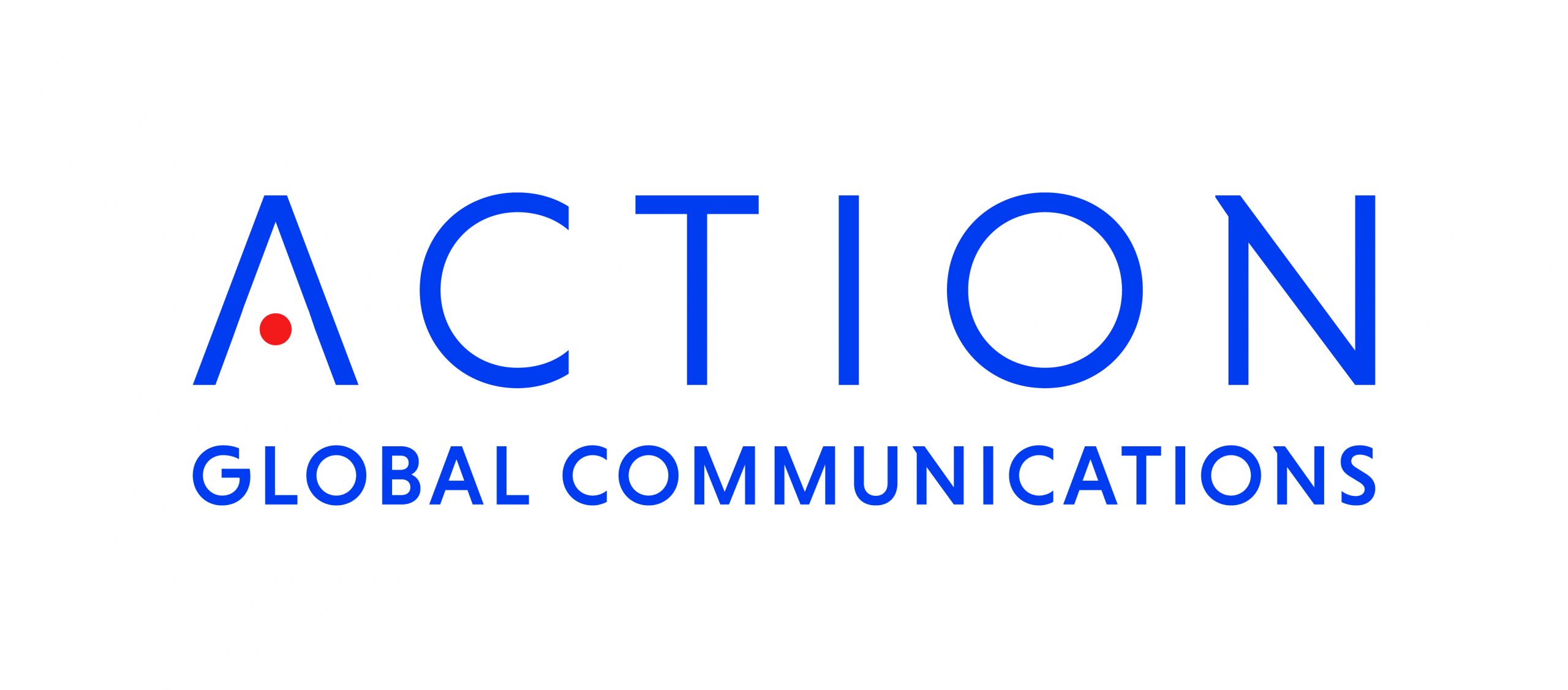











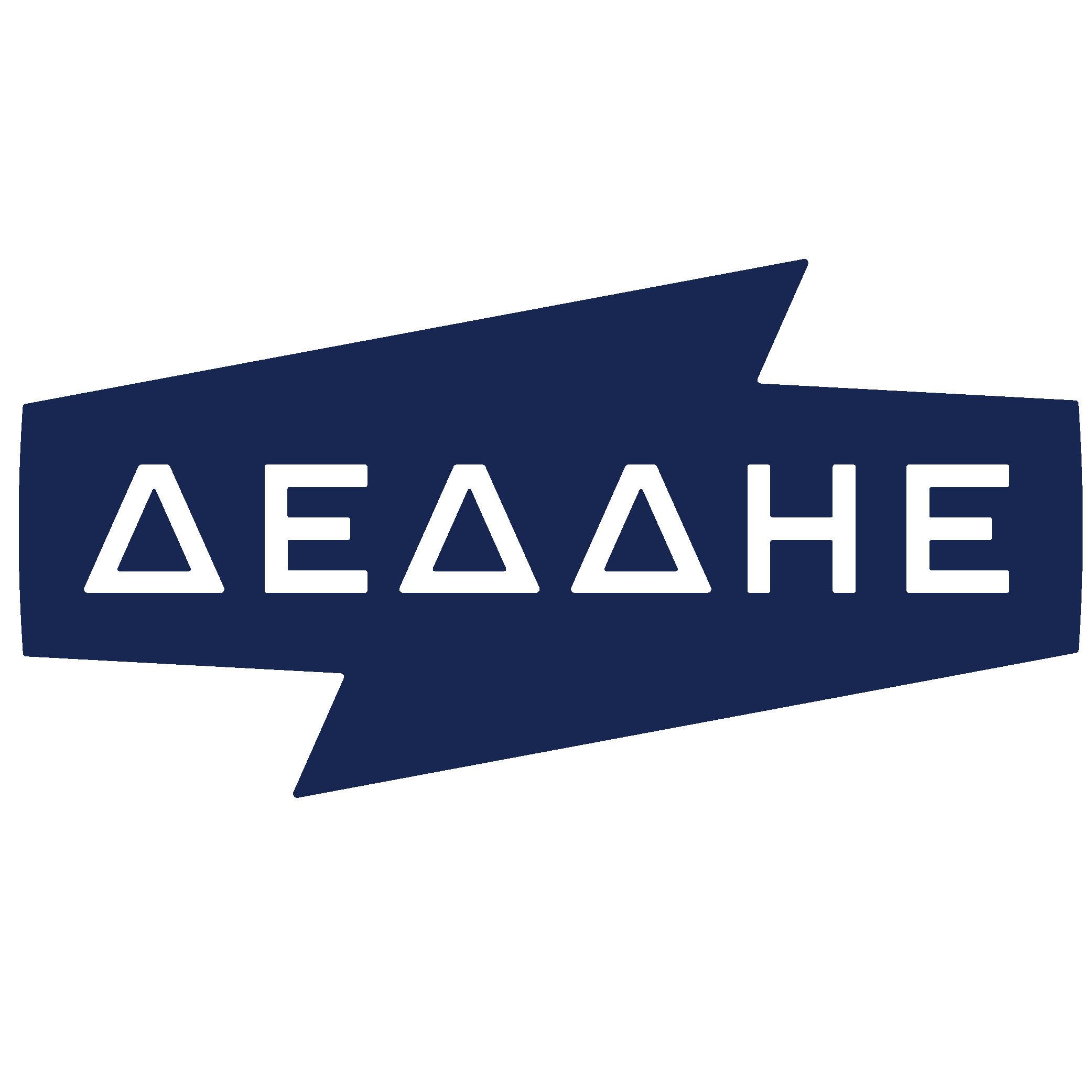
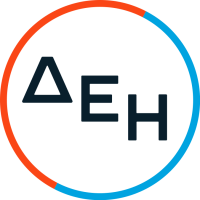





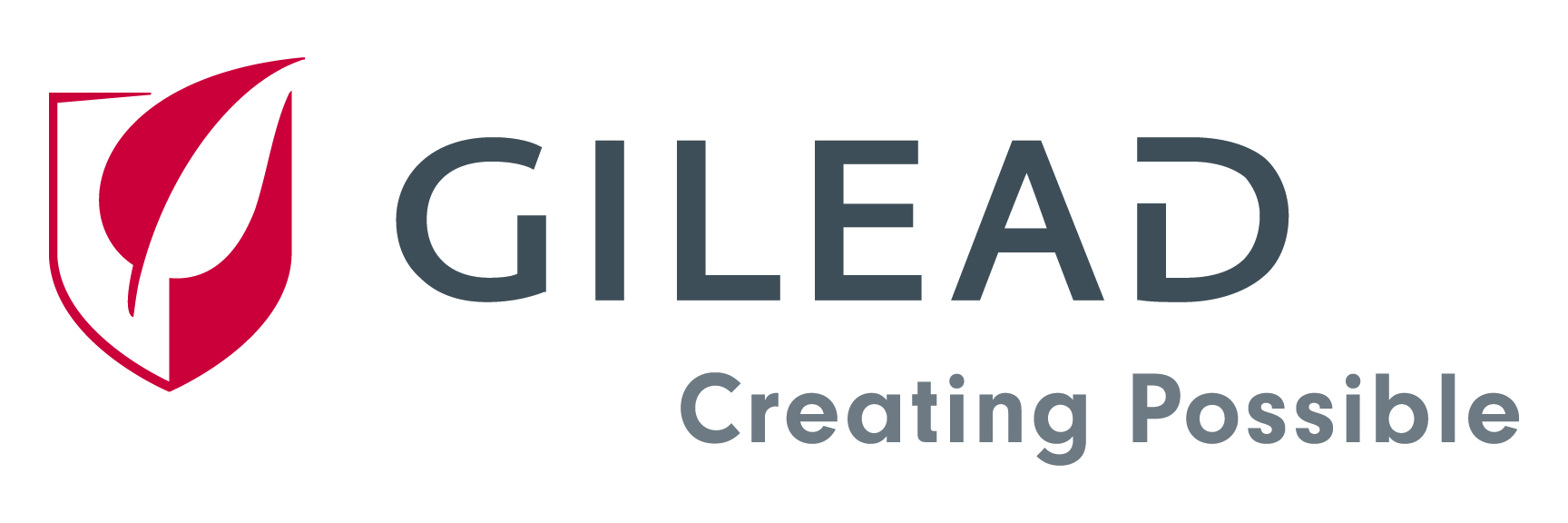



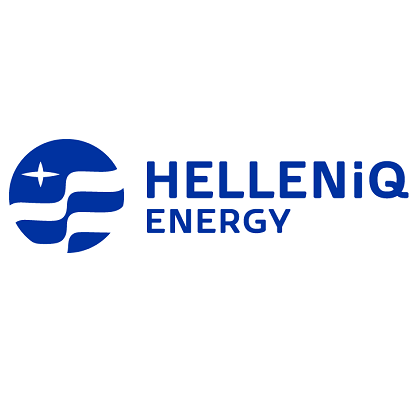

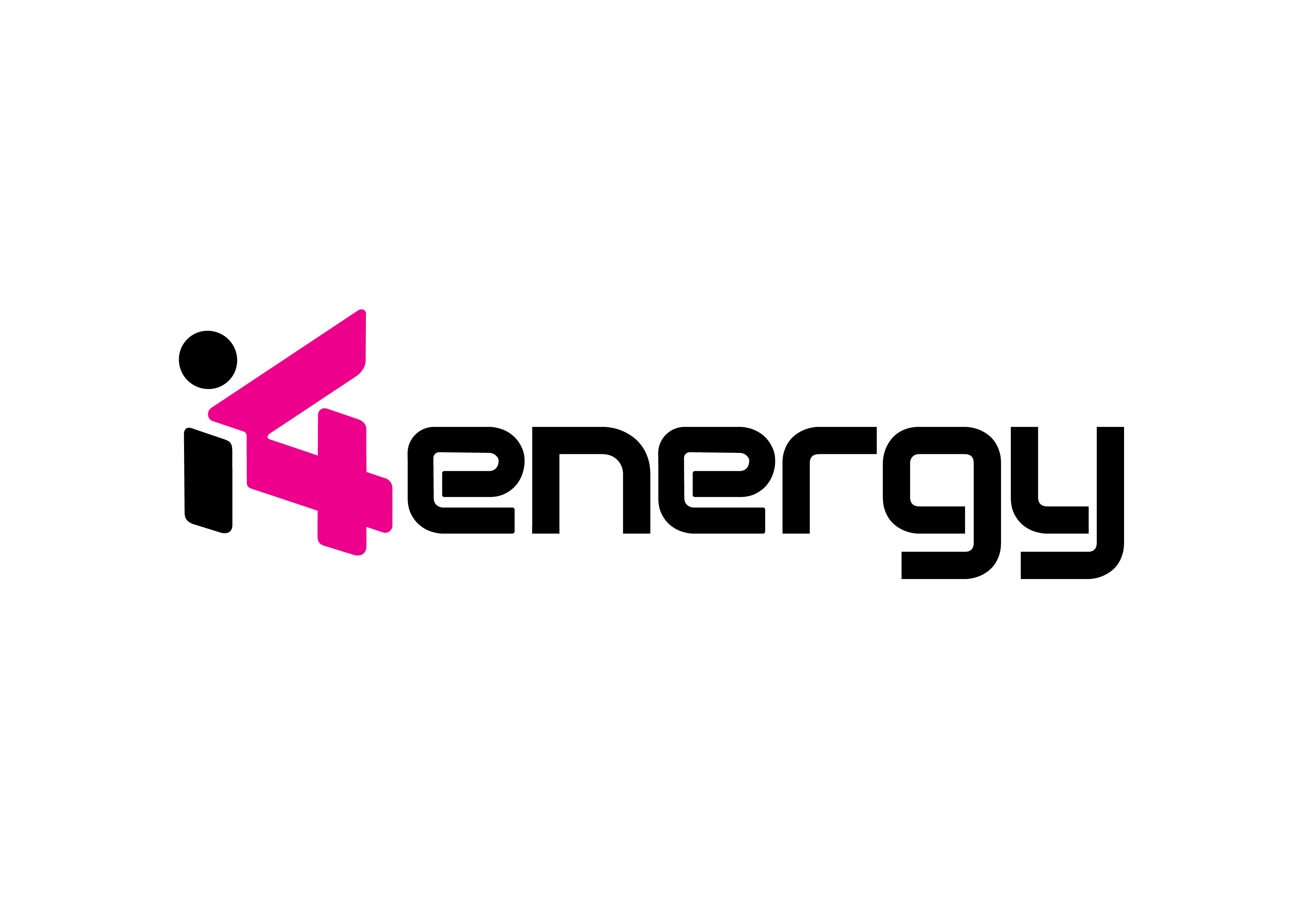

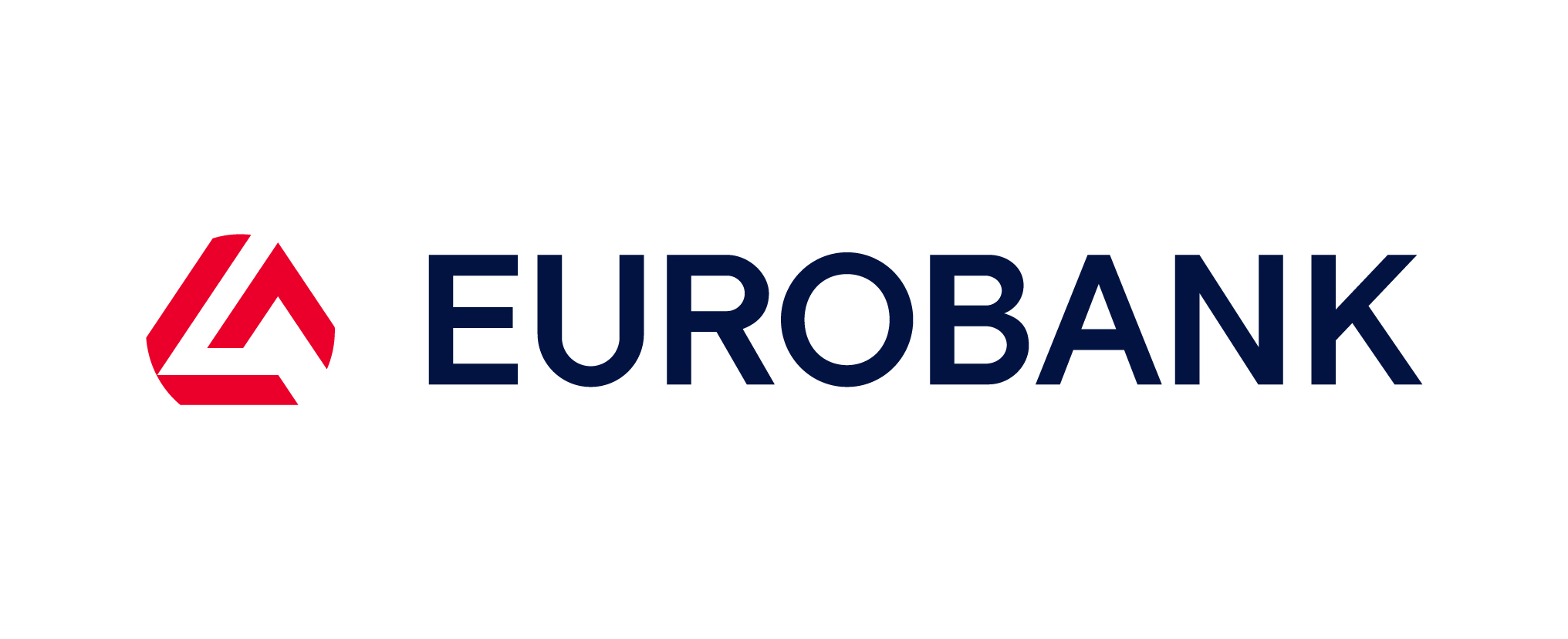

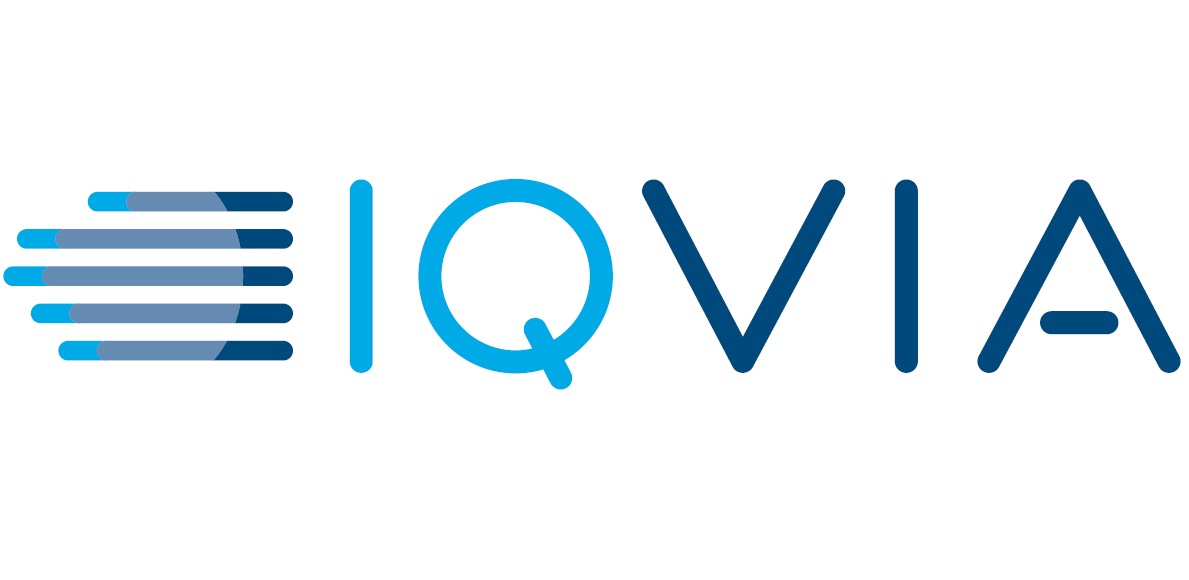



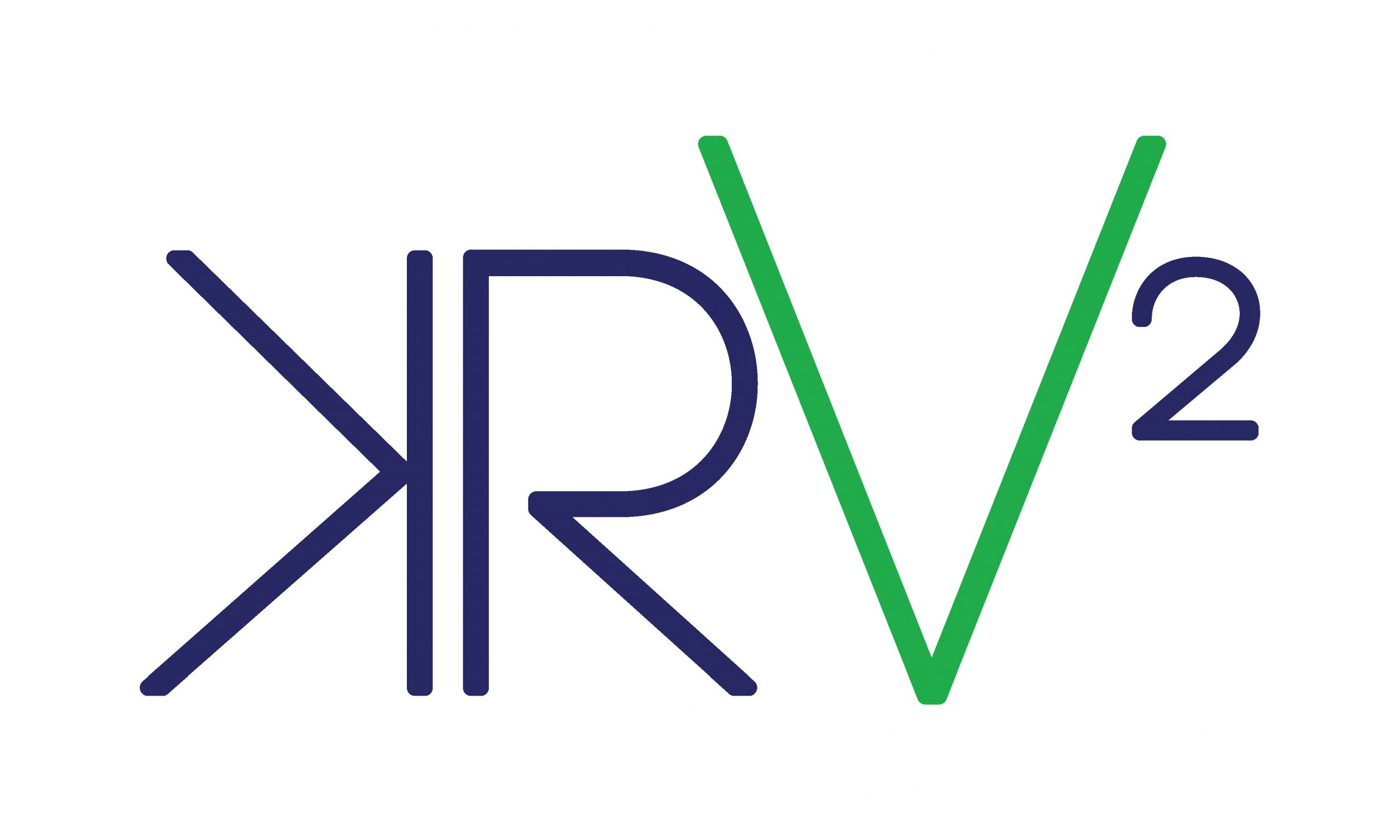

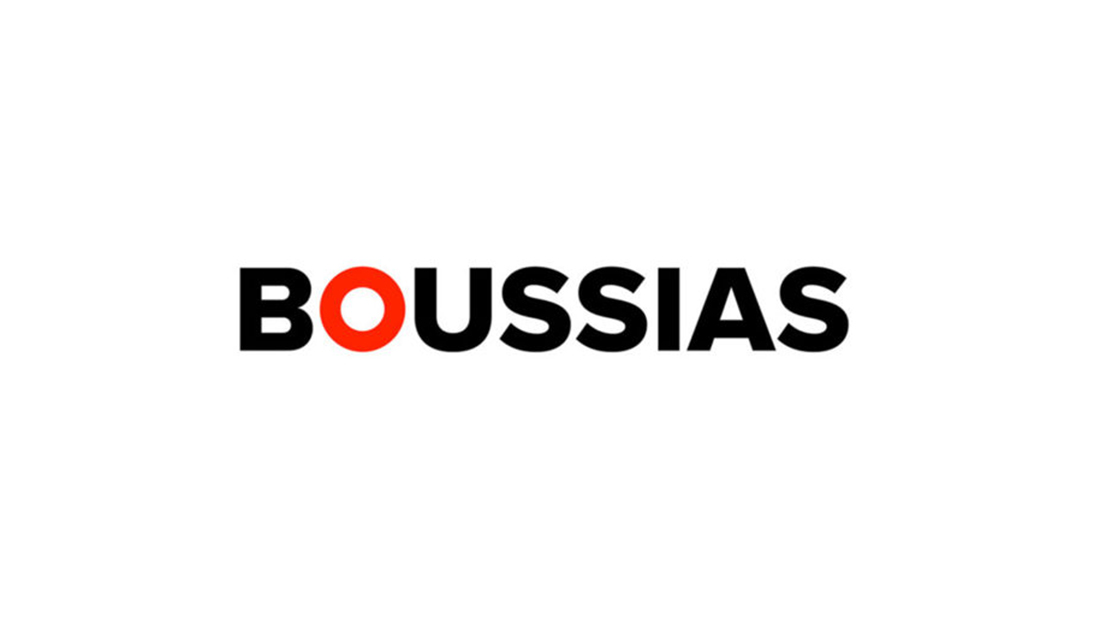



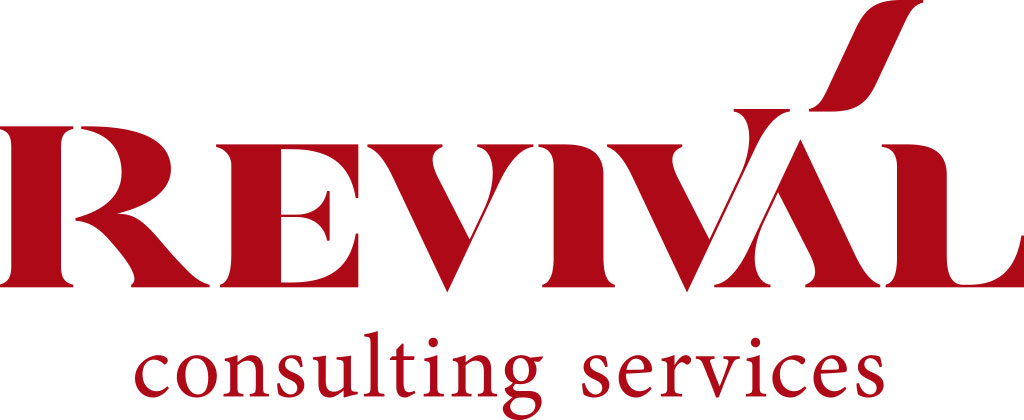
1.jpg)
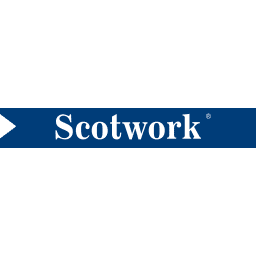
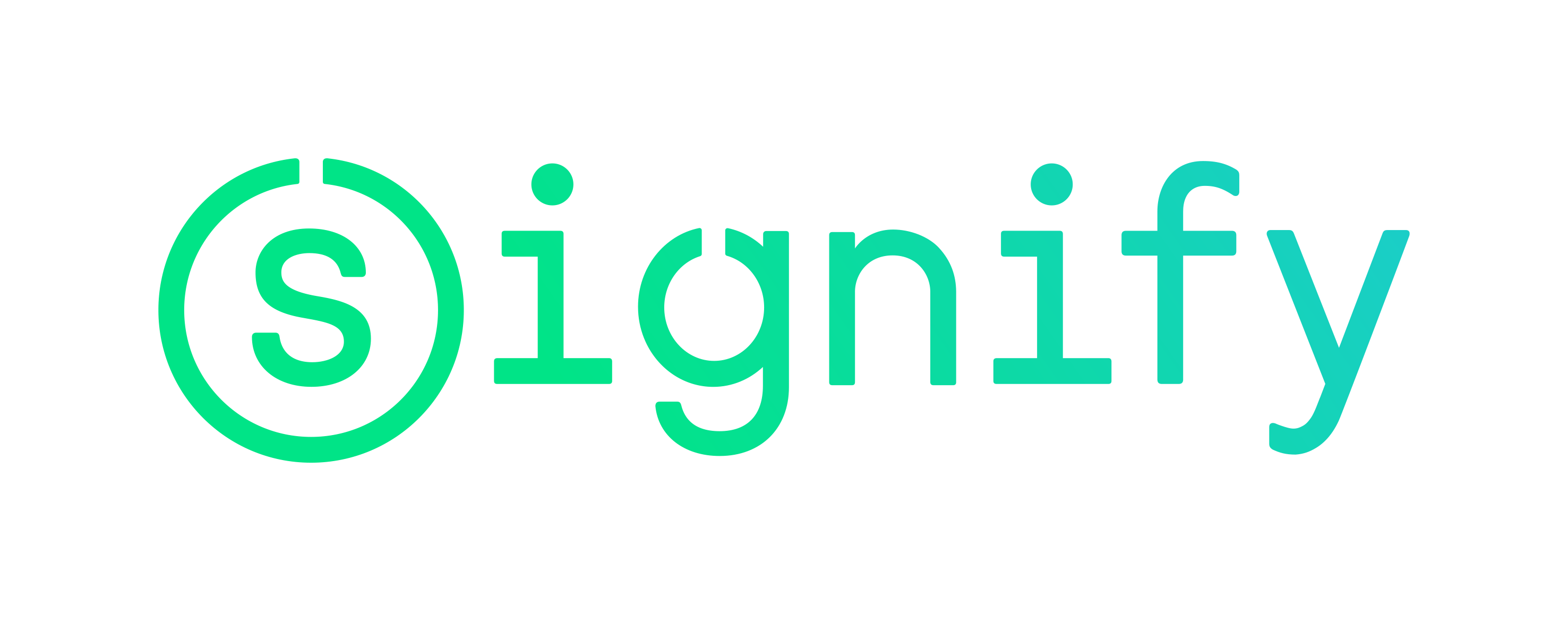



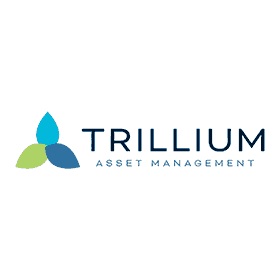

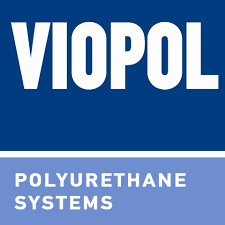

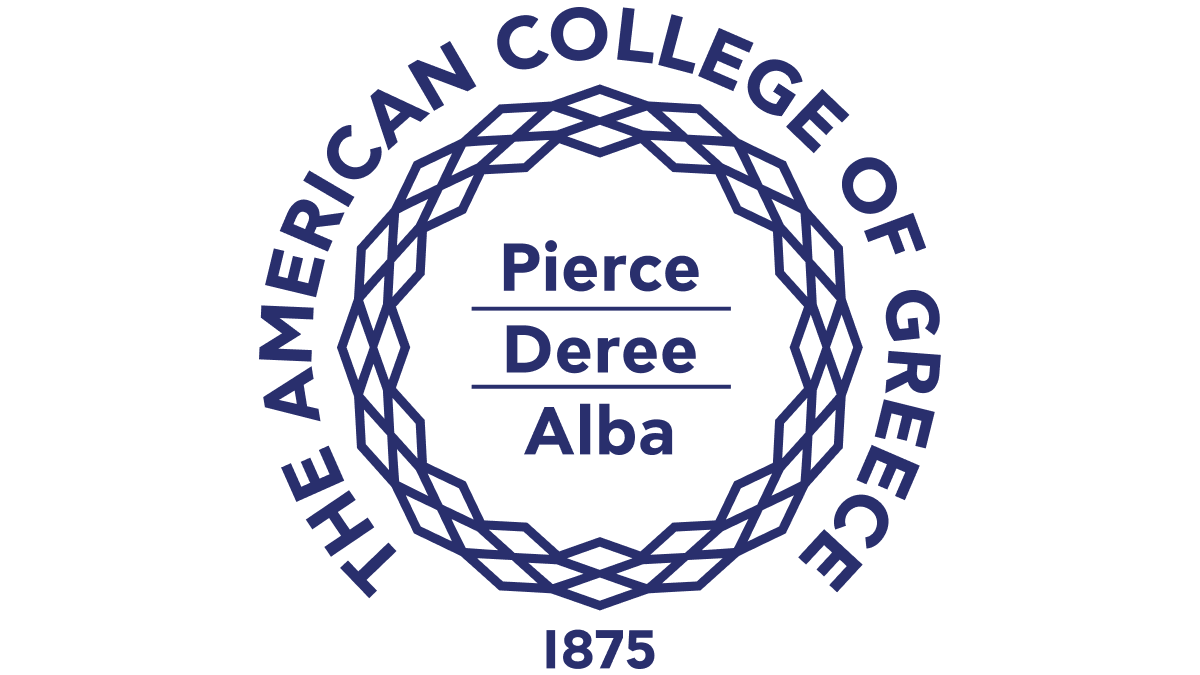




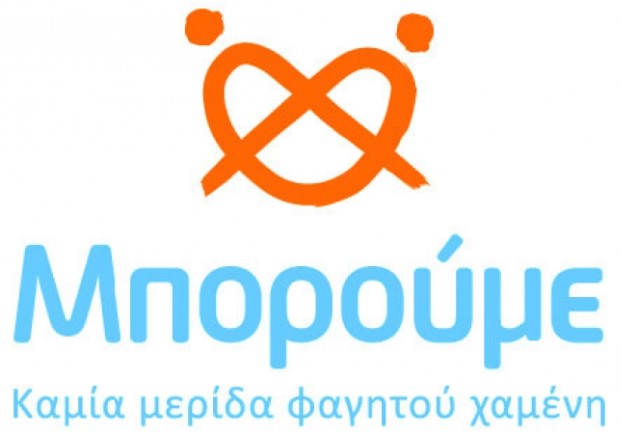




.jpg)
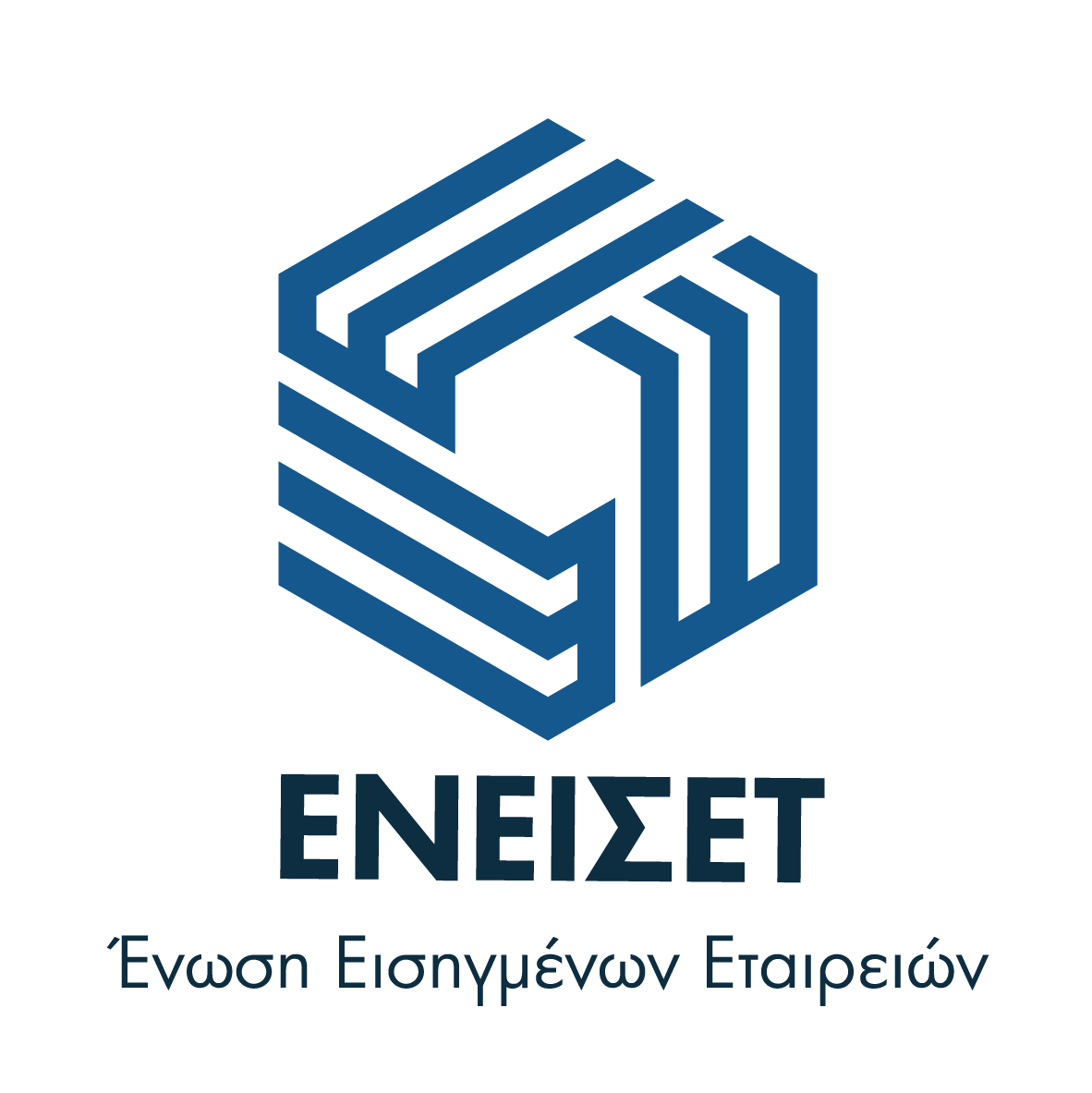



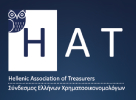
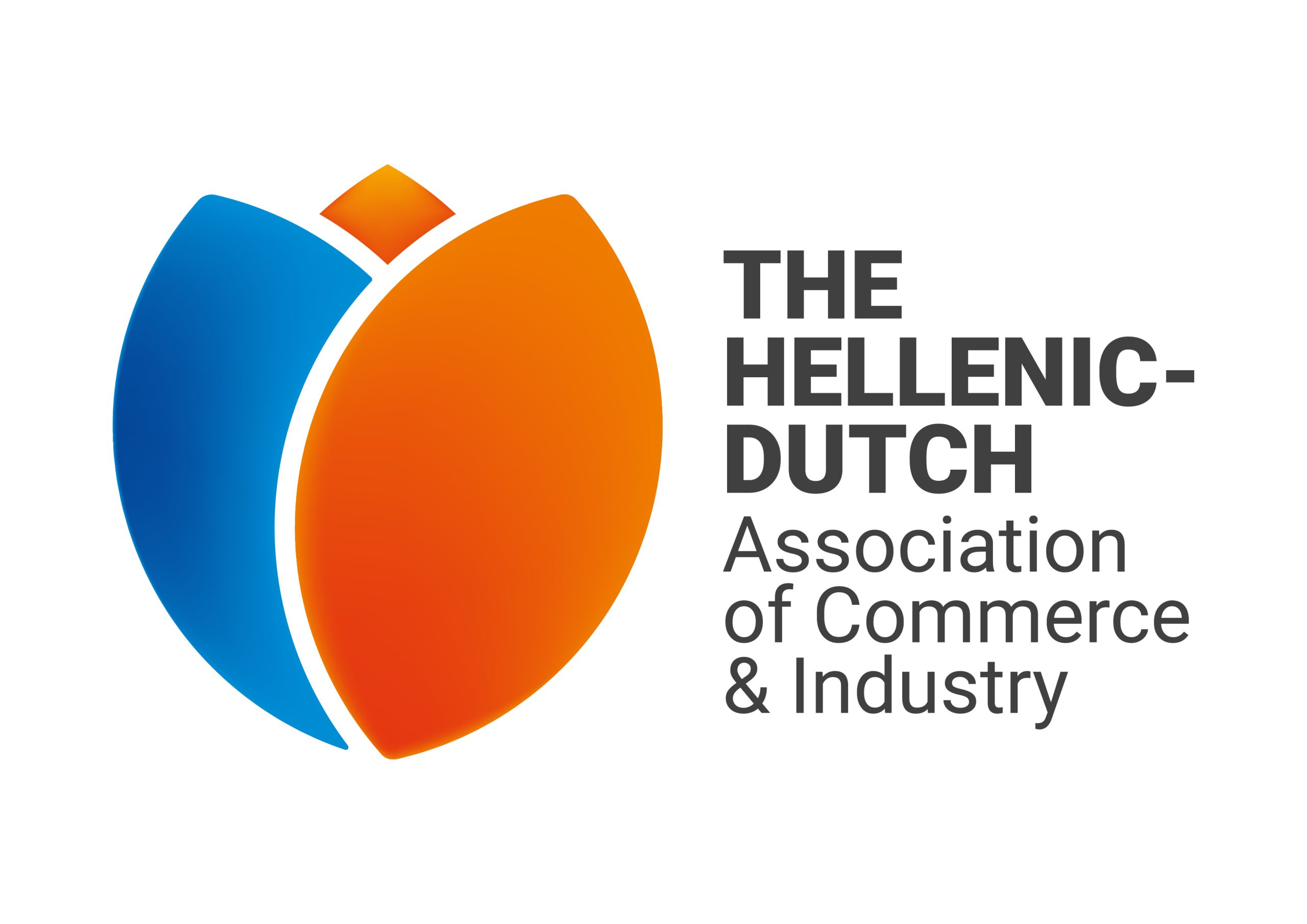
.jpg)



_.jpg)
.jpg)








